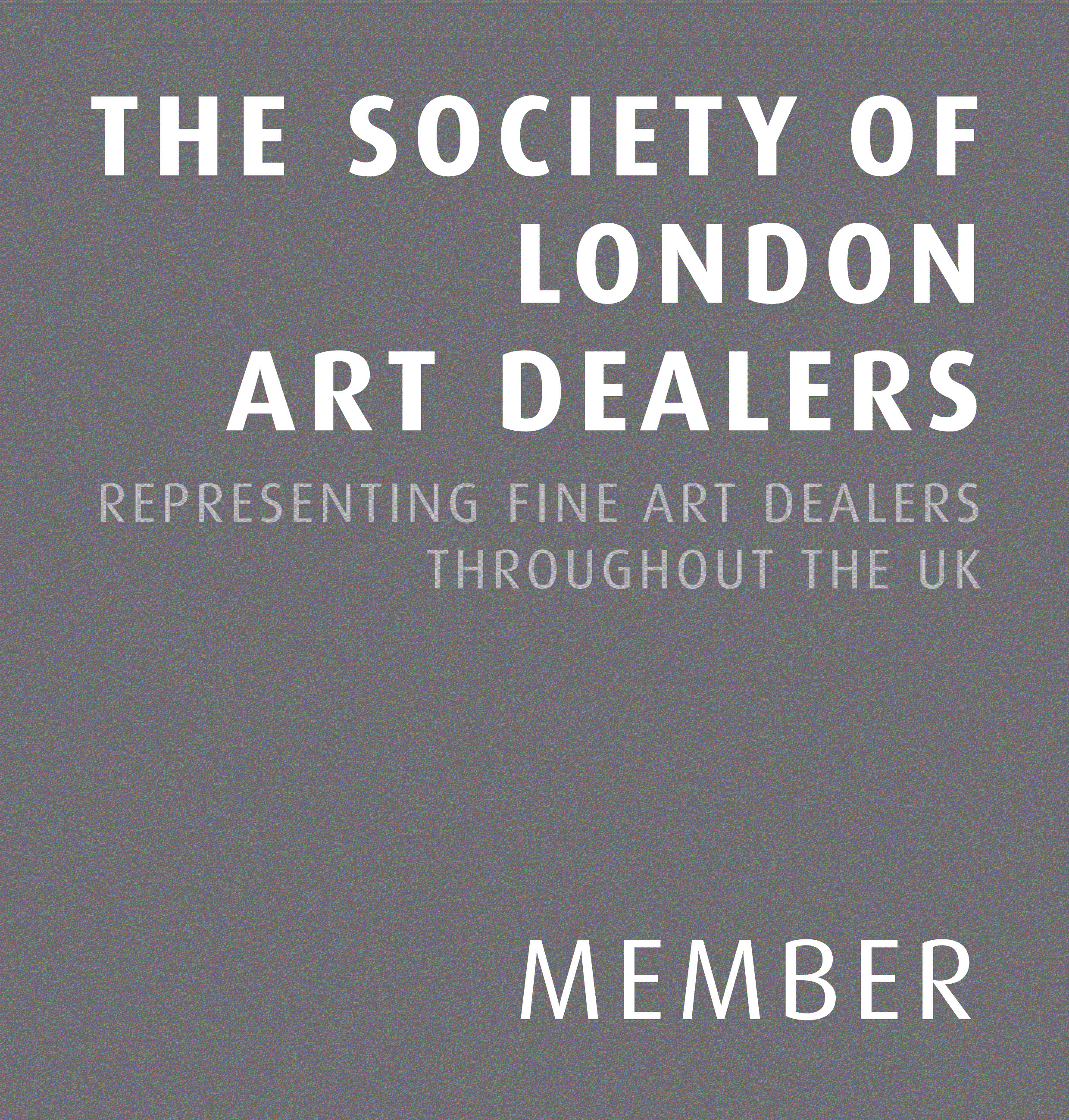Georges Braque 1882-1963
37 x 73 cm
The Cubist movement began in 1907 alongside Georges Braque and Pablo Picasso. Braque favoured a strict, linear, geometric style, separating his subjects into different shapes and lines. By 1914, Braque had enlisted to fight in the Great War, leaving behind Picasso and their work in Cubism. The war had outstanding effects on Braque, he suffered a life-threatening injury which left him blind for some time. The war and this injury would halt his cubist journey alongside Picasso, one he never would re-enter with as much fervour pre-WWI.
Post WWI, Braque established a move away from the rigid geometry of his Cubist style, in favour of a more traditional, representational style. The 1920s for Braque showcased his developing attachment to homely, everyday objects. Perhaps the repeated depiction of these objects was an attempt to reconnect to normalcy and the mundane; certainly after the horrors he would have seen from the front lines of the war, these subjects would have been a great comfort to paint. Basket of anemones, pitcher and cup falls in the middle of this period. The oil painting retains certain aspects of Cubism; strong, dark lines, which encompass and define every object clearly, the play between light and dark has been explored and overemphasised, adding a dramatic flair.
This painting has unique aspects in comparison to other still life paintings Braque made in this period. Depth has been emphasised, shadows surround the basket, pitcher, and cup. The background however, is typical of Braque’s paintings, no perception of depth or separation is visible between the background wall and the table, the pictorial plane is flattened out. Braque has experimented with several textures; the wall has been painted to resemble panes of wood, whilst a scraper tool has been used on parts of the table to create thin lines and grooves. This period of still life paintings are also recognisable by the dark, moody colour palette. 'It is possible to read the deep tones as elegiac for all that was wiped away by the War–human lives ended, an entire world of international avant-garde art halted, the nineteenth century itself–for a new century was well and truly underway.' (Georges Braque Post-War, Return to Cubism, French Artists During the Great War: Braque, Part Two, Jeanne Willette).
Provenance
Alexandre Rabow Gallery, San Francisco
By descent
Private collection, Paris
Exhibitions
New York, Perls Galleries, G.Braque - An American Tribute: The Twenties, 1964, n° 14
Literature
Marco Valsecchi, Massimo Carrà, Braque Catalogue Raisonné, no 256 (Milan, Rizzoli: 2004)Maurice Gieure, Georges Braque, ed. Tisné, Paris 1956, reprod. n° 58. Galerie Maeght, Catalog of the work of Georges Braque. Paintings 1924-1927., Maeght Publisher, 1968, reprod. p. 66.


